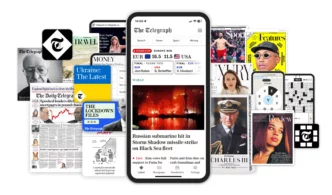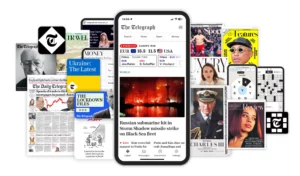
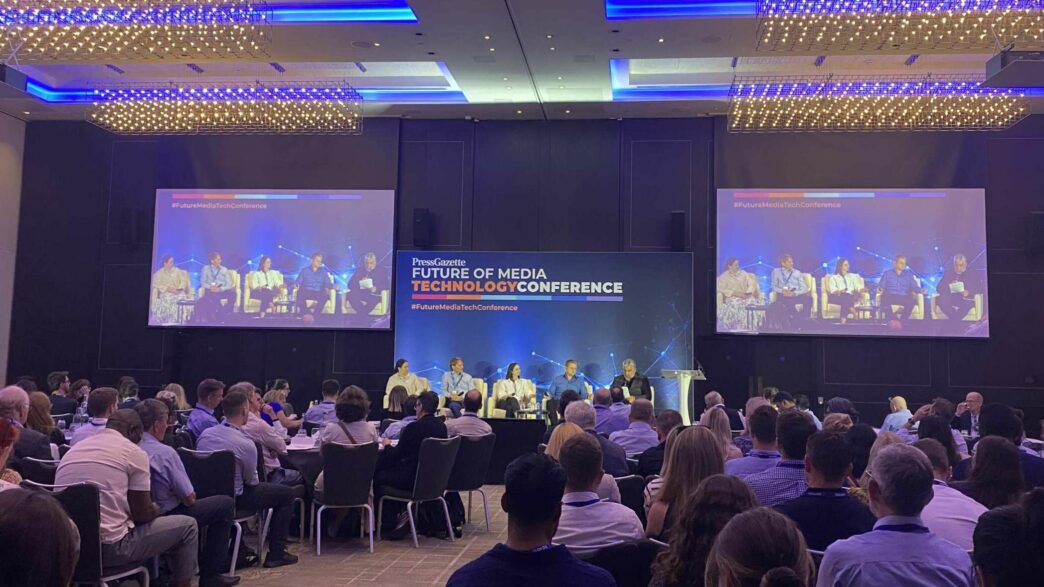
From audience growth in the social age to live blogging and concerns of rabbit hole algorithms… Press Gazette’s Future of Media Technology Conference in London last week covered some important topics concerning social media and how publishers can learn and benefit from these platforms rather than battle against them.
Social as a goldmine for acquiring young audiences
They grew up with social media and social platforms – they have a much weaker connection with brands and are much less likely to go to a news site. For the first time most of them say that they prefer to go to social media rather than a news website and that’s very different from the millennials, the group which come before, who are more likely to say online news site as their main source of news. So that’s challenging for the news industry.”
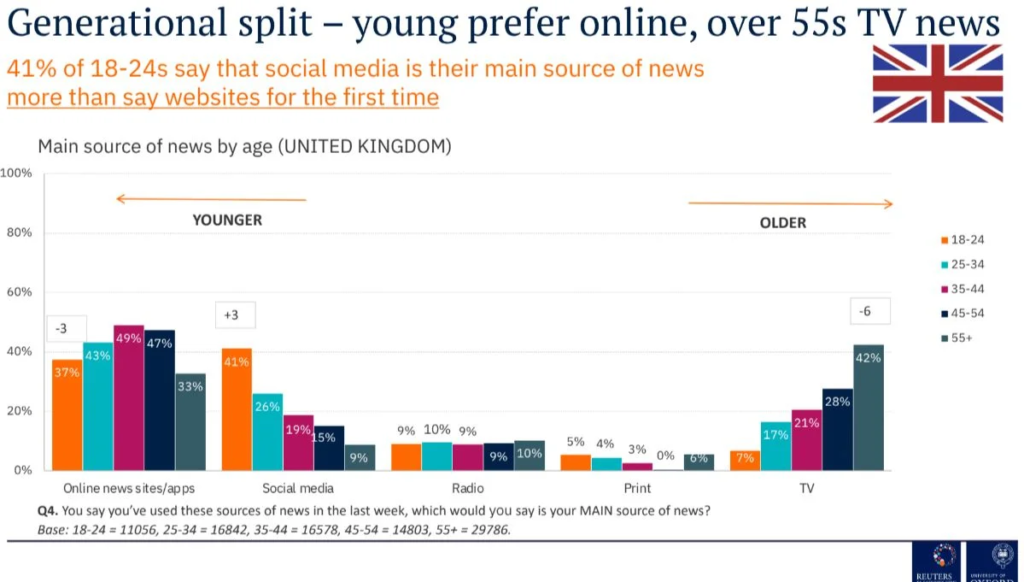
For many, the assumption is that young people are actively avoiding news. But perhaps it’s simply about news having a different meaning to younger audiences. Reach’s Anna Jeys told the panel that news avoidance among young people is not because they do not want news, but because they want news differently to how it has traditionally been done.
If this is the case, publishers need to reinvent the news, redefining the format rather than the content itself.
On a panel with Reach, Arc XP, The Independent and Ladbible Group, the discussion turned to how publishers can achieve this and successfully grow audiences in the social age.
2 key lessons to takeaway for meaningful audience growth in the social age
1. Be where you audience are, and adapt your strategy to the platform and audience
“We have to be where the audience is and communicate to the audience in a way that is native and authentic to them. It’s where we find new audiences and connect with new communities. It’s where we build brands, and it’s obviously very much where we monetize.”
Tim Pearson, CRO of Ladbible Group
Importantly, monetization doesn’t necessarily mean trying to refer audiences from social to web, but engage them where they are and in the way that they expect to be engaged with on that platform. The panel recommended building a community on social, considering the value exchange that you can offer in order to bring these audiences to your website. I.e. what additional value can you offer that they can’t get on social?
Which KPIs should you measure to meaningfully grow audiences in the social age? Tim Pearson at the social-first LADbible Group said they prioritize 2 metrics: > Views & engagement (breadth & depth): This helps them quickly understand how their audience is responding to a content > Their goal with social: follow rather than fight where the audience is - engage with these users where they are, build a community and then create additional value on-site to encourage them to partake in value exchanges For Matt Payton at The Independent, recirculation also plays an important role, asking themselves where does a reader go next? > The goal here is to engage the reader on socials enough to bring them to The Independent's website and move them through the user journey towards account creation and potentially subscribing
2. Learn from social platforms to maximize on engagement onsite
Miki Toliver King, president of CMS company Arc XP, told the panel “we can learn a lot from the social platforms.”
There’s a reason why my 17-year-old might spend 15, 20, 30 minutes at a time, much to my chagrin, on Tik Tok, because there’s something about that experience that it’s taking him from one experience or one bit of information to another.
How are we doing that on our sites as we’re thinking about recirculation and everything else related to the journey once someone reaches us? So I think that we’ve got to be constantly really intentional about what that is and understanding how we’re training our audiences as they’re coming to us.
Recirculation models, suggestion models are really, really important here. We all know the brands that do this best, right? You go for one video, and here you are in the rabbit hole 25 minutes later.”
Live blogging – Is text-heavy, reverse chronology content still relevant? Or does live blogging bring lessons from social media to news websites?
Speakers from The Guardian, BBC, Sky News and Norkon took to the stage to discuss the future of live coverage, in particular live blogging.
In short, the panel was in agreement. Live blogging is working better than ever, proving particularly valuable for younger readers compared to traditional news formats. However, the need for continuous innovation in how publishers live blog was also made clear.
The Guardian, for instance, has been live blogging for 25 years but has managed to remain relevant to their audience thanks to diverse formats, topics and innovative features:

- Social is mixed into the feed. Not only screenshots of social media but also the ability to share content on Facebook or X (Twitter) via the icons in the bottom left hand corner of each post
- Content can be pinned to the top of the feed and often a post is already pinned by the author
- Some longer content is partly hidden, with a “Show more” button
- A promotional module asking readers for donations helps to monetize the live blog
- If we scroll down the page and a new post is added, a pop-up “1 new update” appears at the top of our screen
How can publishers succeed in live blogging?
Norkon, the live news solution, shared 5 best practices from their research:
- Brand Integration: Customize your blog to align closely with your brand. This isn’t just about a logo; think colors, themes, and voice. Make your blog distinctly yours.
- Revenue Adaptability: Utilize the format’s flexibility to adapt to various monetization strategies. Whether it’s paywalls, advertising, or sponsored content, make sure your revenue model is as agile as the platform itself.
- Capitalizing on Sports Content: If you’re in the sports niche, or have sports as part of your delivery, the potential for engagement is huge. Integrate real-time stats and insights to offer something your competitors don’t.
- User Experience First: Prioritize user-centric features that make the platform simple and future-proof. Keep an eye out for what other leading media groups are doing with liveblogging and adapt best practices.
- Swift Transition: Preemptively train your team to ensure everyone is onboarded swiftly, minimizing any hiccups. Ensure the software you deploy can be easily adopted by new employees.
Liveblogging isn’t merely a feature but a necessity for modern publishers striving for real-time relevance and scale, as evidenced by the insights from Norkon, BBC, Sky, and The Guardian
Birger Søiland, at Norkon
The worry of rabbit-hole algorithms
Newman also cited research from this year on the role of algorithms. UK social media users were asked to what extent they agree that having stories automatically selected on the basis of previous consumption was a good way to consume news.
“We did some work this year on algorithms, obviously partly because of the focus on AI, and one of the things we found is although people are using social media and young people are using social media, actually they have mixed feelings about it.
Many of them are actually quite uncomfortable, and they’re more uncomfortable than they were when we last asked about this in 2016, particularly about those algorithms that are based on what you’ve read or watched before.”
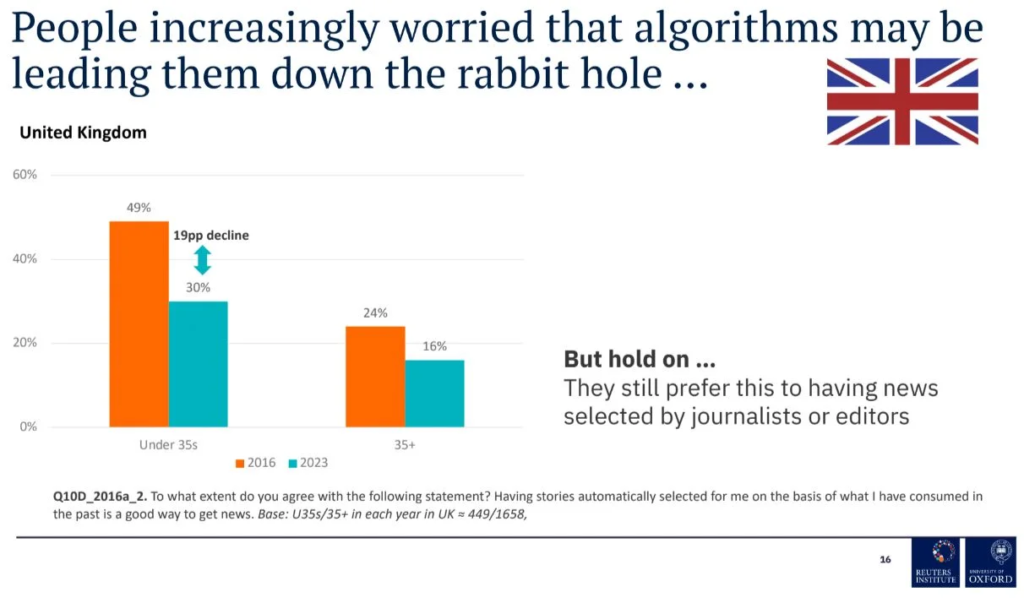
What can publishers learn from the worry about social rabbit holes to apply to their website content?
Personalization is essential, but it’s a balance.
Whilst personalized content and allowing readers to customize their news feed is valuable for increasing engagement, there’s a balance to find. Both for “rabbit hole” reasons as highlighted by Nic Newman, and for “content discovery” reasons. Specifically, an entirely customized feed has its limitations and could confine readers in a box of similar content, preventing them from seeing all the value that you can provide.
Perhaps a middle ground would be a customizable feed with “Recommendation” modules suggesting similar content to help expand their reading.











